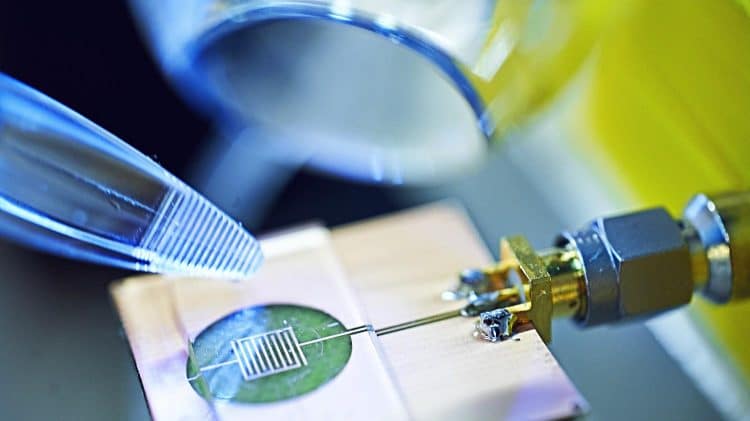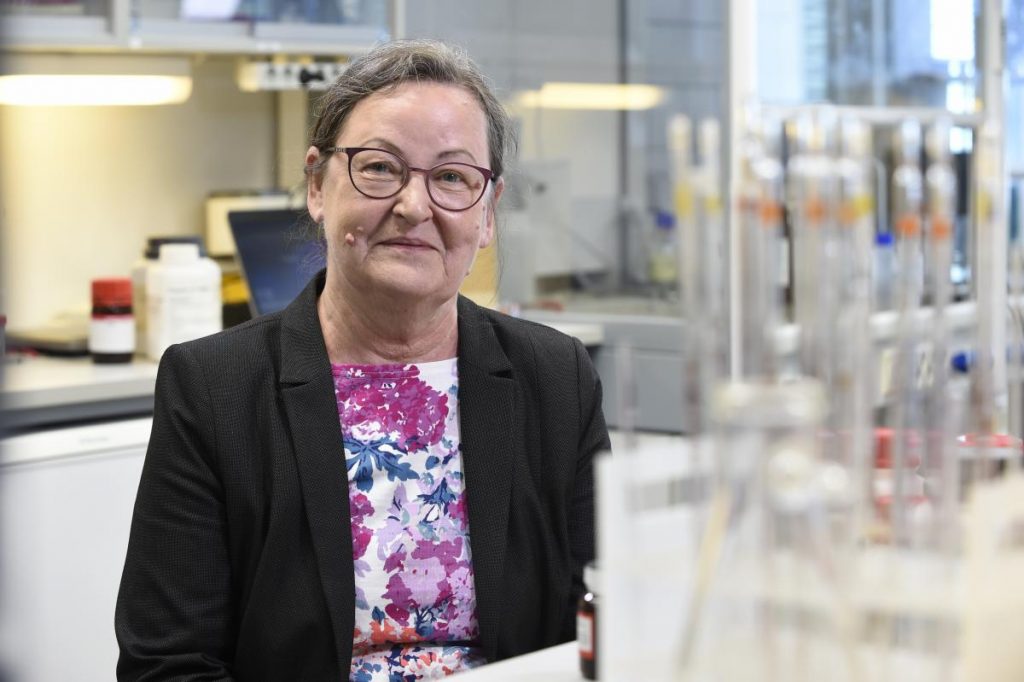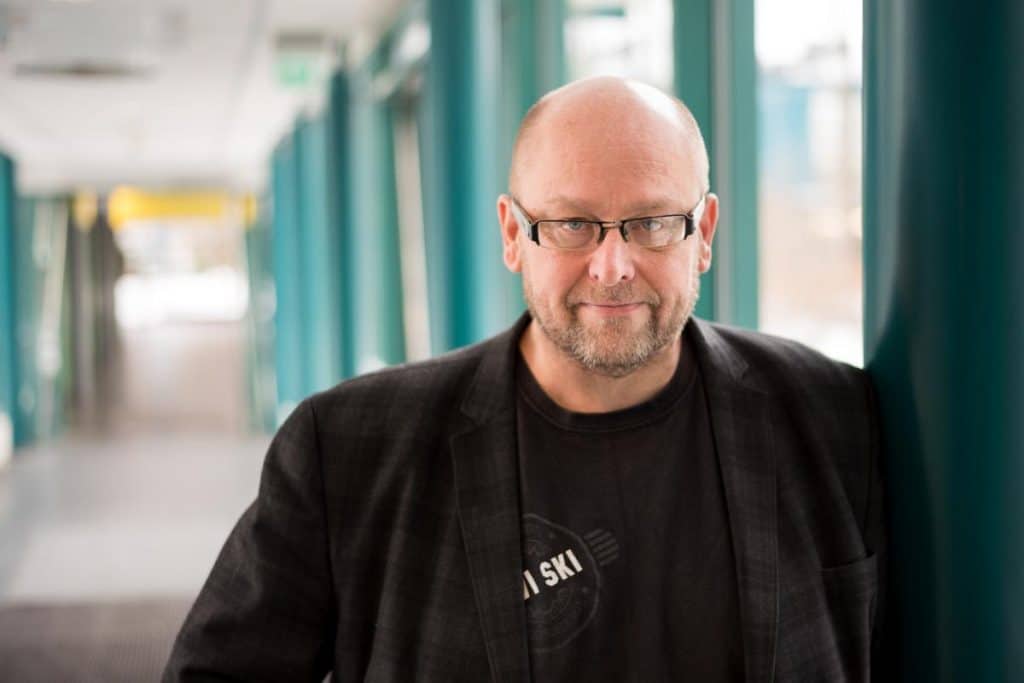
New electronics through new materials
At the University of Oulu, two research infrastructures are making new headway in fundamental research which will have far-reaching consequences for future systems and communication technologies. These two projects – PII, Printed Intelligence Infrastructure and FUWIRI, Research Infrastructure for Future Wireless Communications – received major funding totaling 3,1 million euros from the Academy of Finland in the previous funding round.
PII and professor Heli Jantunen are concerned with printed intelligence and materials whereas professor Ari Pouttu and FUWIRI tackle radio technology.
PII is a massive project in scope, spanning years. PII research infrastructure includes also VTT Technical Research Centre of Finland and Tampere University of Technology in addition to the University of Oulu. It was established to provide a world-class research and development environment to researchers and technology developers in academia and in industry.
PII aims to cover the whole research and development path from materials via components and devices to circuits and systems. It takes on everything from processes to manufacturing (for example, large area sheet-to-sheet and roll-to-roll printing) and the finishing touches, like encapsulation and 3D molding for future systems: internet-of-everything, diagnostics, sensors, on-skin electronics, and so on.
One of the areas where printed intelligence and new solutions based on novel synthetic materials will be needed is in telecommunications, in 5G and 6G networks and devices. Moving up to the ultra-high frequencies, as is expected to happen in 6G networks of the future, means that researchers will encounter things they are not even aware of at the moment, starting with physics.
“I think this is such an exciting time and we will come across some extremely intriguing issues. The physical properties of conductors will change, or reveal their limits when we are in the 100-150 GHz range or higher. For instance, there is a hint that at very high frequencies carbon nanotubes have better conductive properties than silver, which is the best known conductive material at the moment. Right now, no one knows why this is,” Heli Jantunen says with a smile.

On the other hand, Ari Pouttu’s FUWIRI is a framework for creating a research environment for future wireless communication technologies. The reams of data devices and networks are expected to handle in 5G and 6G will set new demands for technology. As the way we consume and use data changes, so will our demands for tech infrastructure.
“A table top will act as a display, reacting to whatever objects you will lay on top of it. You will have all kinds of information displays cover surfaces to an extent we’ve not seen yet. AI will happen, machine learning will happen, we’ll have haptic telepresence, more wearable devices, and maybe the mobile phone will be killed off some time in the future,” Pouttu muses.
One of the essential objectives of FUWIRI is to acquire telecommunications equipment that is designed and created for research in a dedicated environment, such as the 5G Test Network at the University of Oulu.
“The idea is to get equipment that is not yet today available for industry. The most effective way to do this is to contact outside partners–like we are doing with the University of Wupperthal–and get them, study them, measure them and research them and maybe develop them or some part of them further. There’s no point in trying to create a thing which already exists somewhere else, It makes more sense to try and improve existing devices and methods in collaboration,” Pouttu says.

Collaboration is also built in for FUWIRI, as it is a joint effort between the University of Oulu, VTT Technical Research Centre of Finland and Tampere University of Technology and Aalto University.
The name of the game is co-operation
While PII is a project that spans many fields of expertise and technologies, and FUWIRI is concerned with radio technology, the two research infrastructures also have aligned interests. The PII project is focused on designing and creating components and integration that will benefit many avenues of applications and solutions in various technologies, such as sensor and radio technology. And the radio technology part is a natural match with FUWIRI.
As Jantunen and Pouttu explain it, collaborative research is a chance to make new headway in researching and designing antenna technology in the higher frequencies of 100 GHz and up. Their collaboration means that directive antennas can be designed, manufactured with new materials, tested and measured in-house.
Sharing information and knowledge is an essential part of the project, Jantunen says.
“Sharing everything with partners is extremely meaningful in order to make advances quickly. It’s also a part of the day-to-day operations: researchers collaborate on a daily basis and try to solve common issues.”
The co-operation between these two individual research groups is a perfect example of the seamless and profound collaboration between research groups in the Faculty of Information Technology and Electrical Engineering. Units benefit from each other’s resources and infrastructure. While they have their own specialties, they also share common problems that need to be solved. This also makes for a unique platform for the 6G Flagship research program.
We are now entering the 5G era across the globe with its promises of driverless cars, smart homes and virtual reality for everyone, everywhere. The research led by people like Heli Jantunen and Ari Pouttu is laying the foundation for the next generation of telecommunication: 6G.
Text: Janne-Pekka Manninen